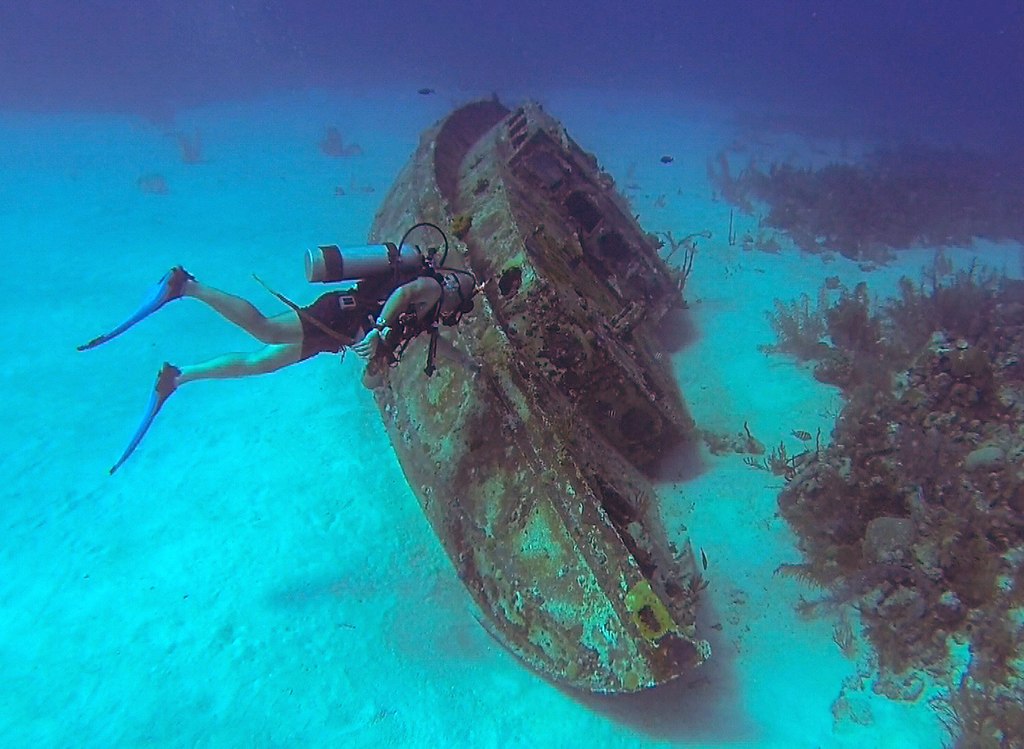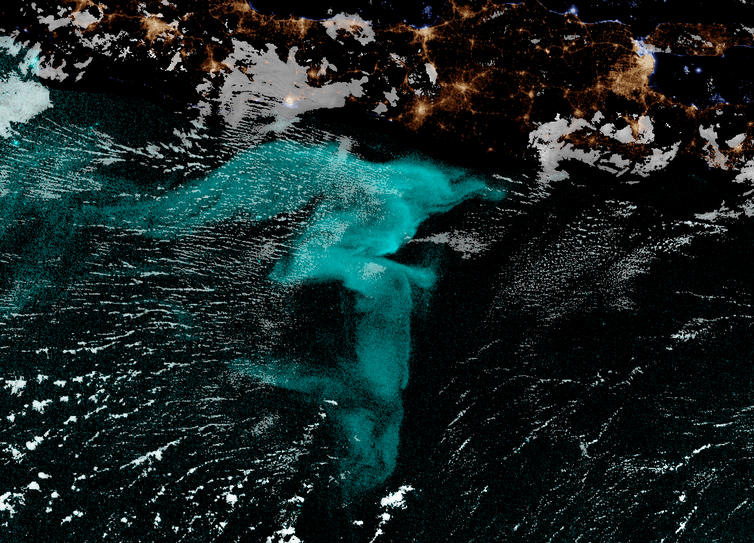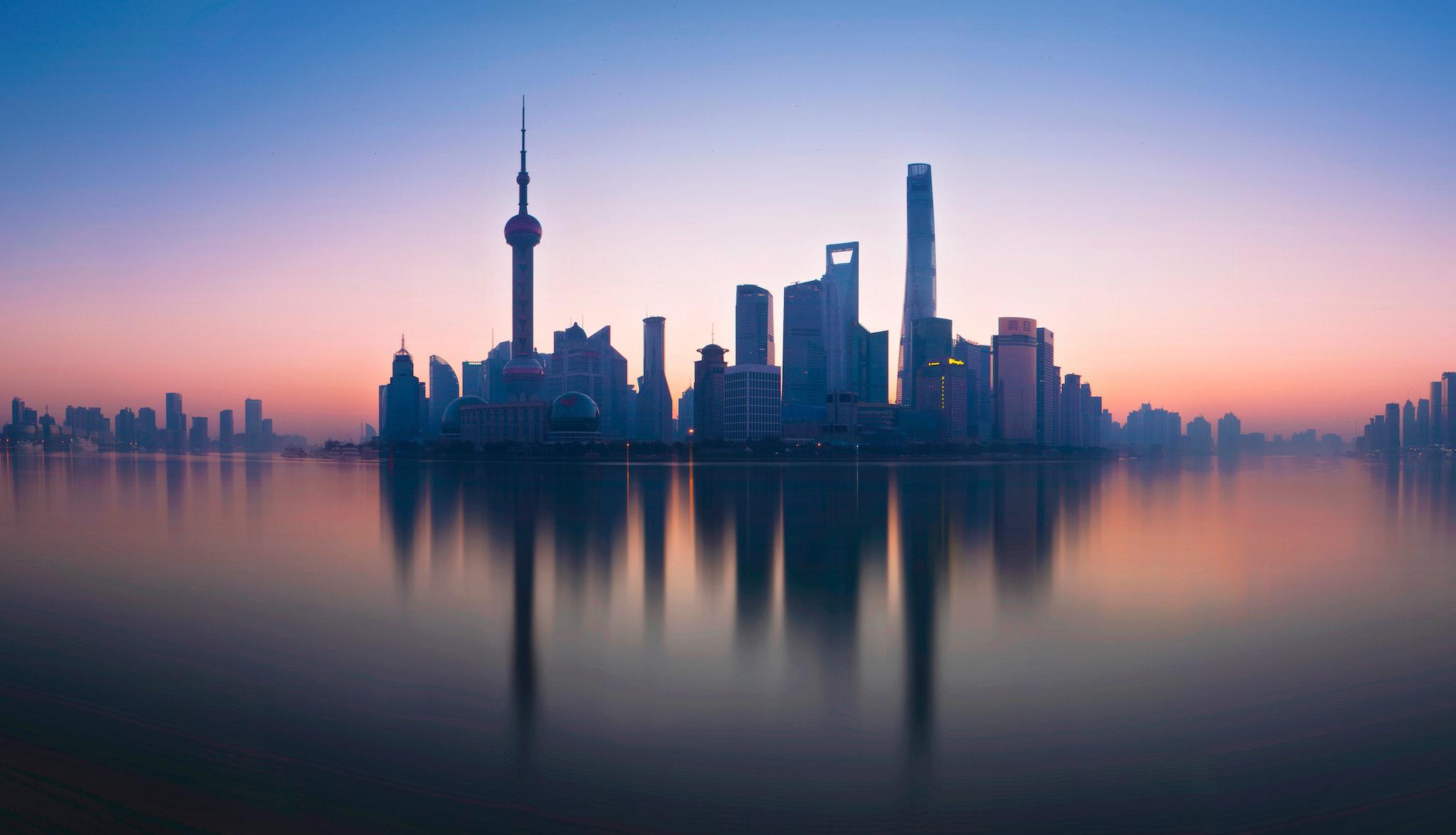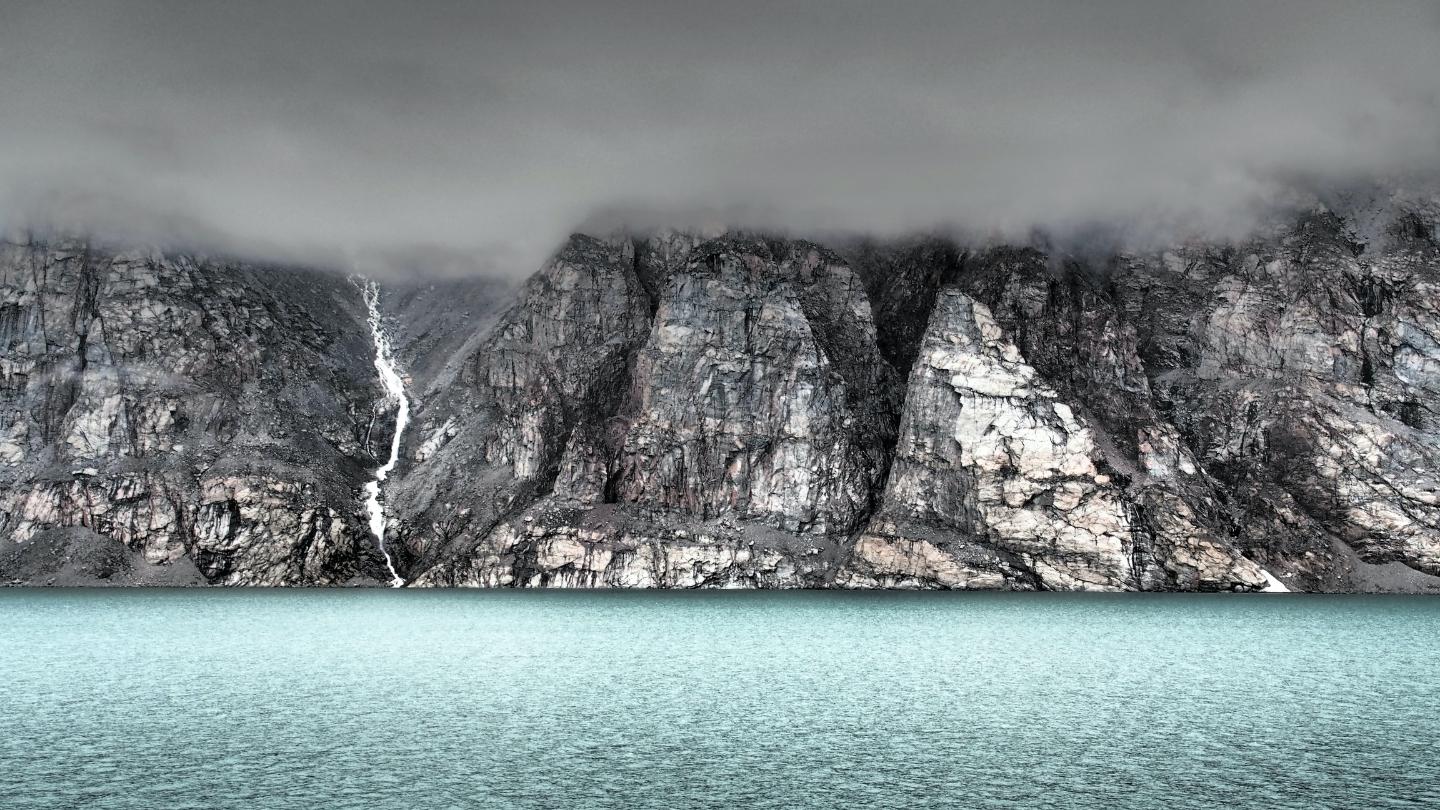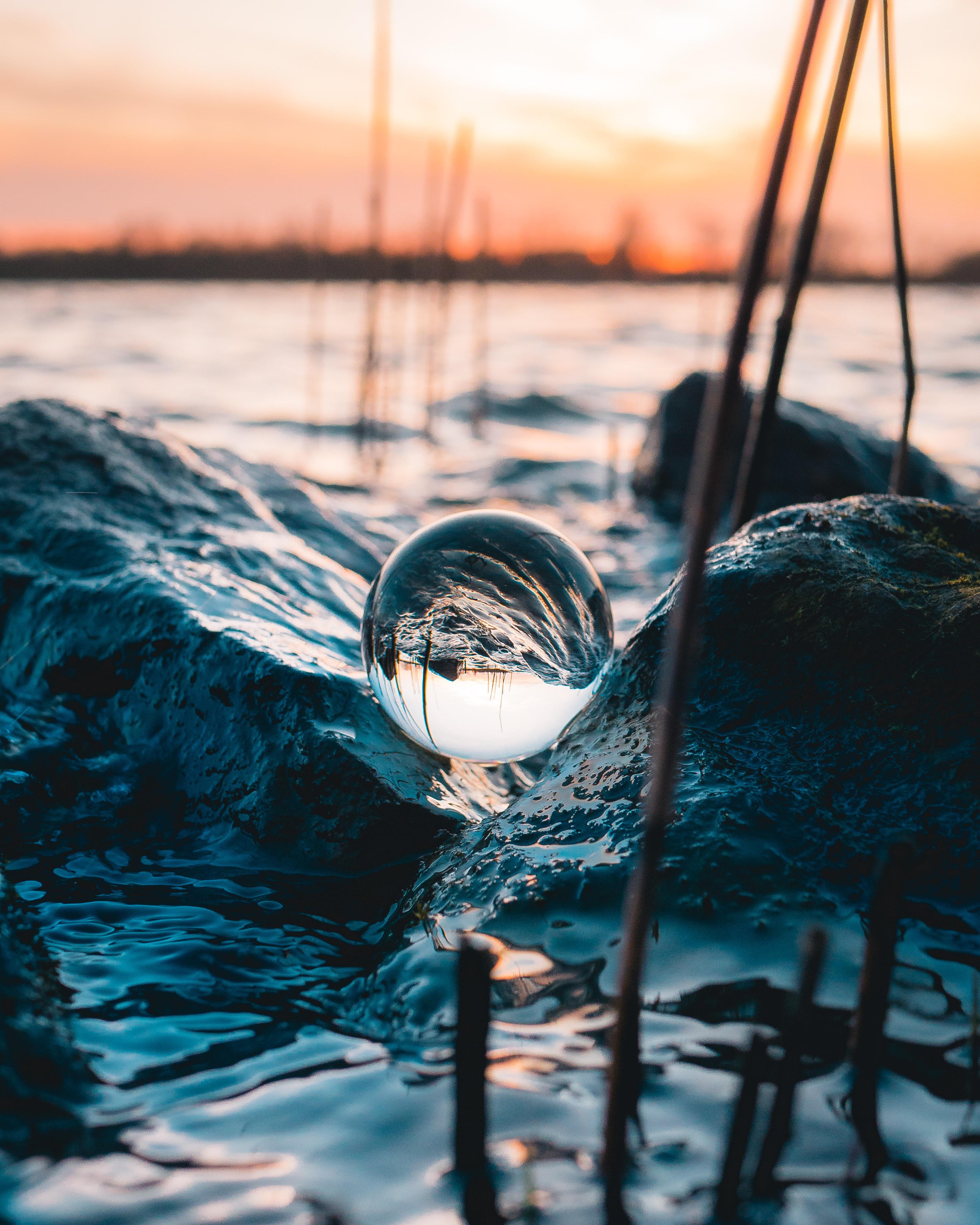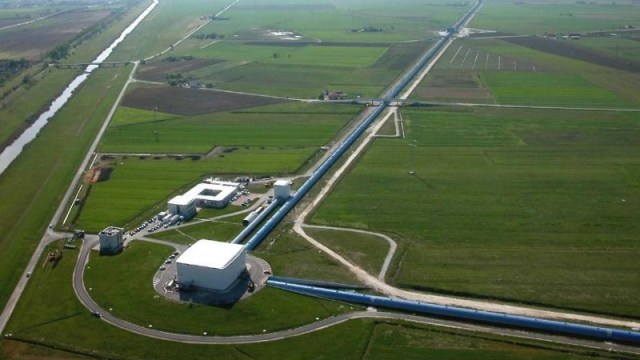“Cocaine of the sea” — the illegal fish trade of the Mexican cartel and Chinese mafia

National Geographic
- “Sea of Shadows” tells the story of an illegal fish trade between the Mexican cartel and Chinese mafia.
- The fish bladders, bought for $5,000 from local fisherman, are sold in China for over $100,000 to make an unproven medicine.
- Director Richard Ladkani talks about the intensity and danger of making this film, as well as the hopeful ending.
In Traditional Chinese Medicine (TCM), the totoaba bladder is believed to cure arthritis. As with much of TCM, the claim is unproven and inevitably creates more harm than good. An entire ecosystem is on the verge of collapse thanks to the illegal bladder trade between the Mexican cartel and Chinese businessmen.
While the totoaba are rapidly declining in numbers—their only home is in the Sea of Cortez, the body of water that separates Baja California with mainland Mexico—the illegal fishing nets local fishermen use are killing everything else: turtles, sharks, and the focus of “Sea of Shadows,” the vaquita. There are only believed to be 15 or so of these small porpoises left in existence.
As director and cinematographer, Richard Ladkani, told me earlier this week, there is hope as six vaquitas (including babies) were recently spotted. Since he filmed “Jane’s Journey,” an intimate portrait of English primatologist and anthropologist Jane Goodall, Ladkani has focused on environmentally relevant works. His last film, “The Ivory Game,” helped make the ivory trade between Africa and China illegal. As you’ll see while watching his incredible new National Geographic documentary, his film might help save an ecosystem “just five hours drive from Los Angeles.”
But nothing is a given. At the end of our talk, Ladkani asked me to mention Earth League International and Sea Shepherd, the two organizations driving the activism in the Sea of Cortez. “Sea of Shadows” is heartbreaking and inspiring, frightening and ambitious. Most importantly, it’s a reminder that people care about the fate of this planet and all the animals that reside here. In a time when most environmental news informs us that we’re another step closer to a precipice, this film reminds us of the necessity of banding together and fighting for what’s best for all of us.
Sea of Shadows Official Trailer | National Geographic
Derek: Congratulations on “Sea of Shadows.” And thank you for keeping me up all night.
Richard: I tell people to buckle up before the movie starts.
Derek: I would love to know how you became interested in this topic.
Richard: In general, I’m interested in films with impact and a mission behind them. That started with Jane Goodall, who I was lucky enough to follow around the world about 10 years ago while shooting a film called “Jane’s Journey.” She inspired me to look at the natural world in a different way and understand that our world is in peril and is really falling apart.
“The Ivory Game” was the first result of her inspiration. Then came “Sea of Shadows,” which was brought to us by Leonardo DiCaprio, who was our executive producer on my previous film. He thought “The Ivory Game” was super successful on how we collaborated and how a movie can have such a huge impact, because it changed the law in China and made dealing with ivory illegal.
Two months after the movie came out, they invited us to China to screen the film at the Beijing Film Festival. That was such a big impact, that you can change the government’s way of thinking about the world, even a Chinese government on top of that. We were thinking about the next story and Leonardo suggested something on the vaquita because he deeply cared about a small whale that nobody has ever heard about, including myself. He had just met with a Mexican president and was deeply involved in this rescue effort of scientists to save the vaquita.
Derek: While the film is focused on the totoaba and vaquita, you also mention that fishing them can collapse an entire ecosystem. Is that whole area going to be infertile if they continue this trade?
Richard: Absolutely. If the vaquita goes extinct, which we are trying everything in our power to impact, we’ll feel we had a little part for not allowing that to happen. But if it happens, it will mean that the cartel is going to completely take over the area. The attention, the focus, the spotlight that it has right now is because of the vaquita; it is such a symbolic animal and it’s been highly exposed. If the vaquita goes extinct, the NGOs will be removed from the area. They will move onto a new war somewhere, maybe in Peru or South Africa.
Then what will happen is the cartel is going to 100% take over the Sea of Cortez. All the fishermen are going to be pressured to go out for the totoaba. You’ve seen how they do it. They dropped thousands of gill nets, walls of death that kill everything just to get to that final totoaba. They will kill everything and it’s all tossed away. All the sharks, the turtles, everything will disappear just because they’re going for that totoaba.

Director Richard Ladkani attends the New York premiere of National Geographic Documentary Films, “Sea of Shadows,” at the Metrograph on July 9, 2019.
Photo by Heidi Gutman/Walt Disney Television via Getty Images
Derek: An ecosystem might collapse half a world away because of a fish bladder that supposedly cures arthritis, with no scientific proof whatsoever. Did you do any research on TCM for the film?
Richard: Yes, of course. We even filmed in China for a month. The reason we didn’t include that in the film was because we realized that there was no demand; it is already illegal to trade totoaba there. Every scientist we talked to said it’s not proven Western science. They couldn’t find any proof that it has any power at all. But then we realized that it would take a whole generation or a campaign to change the minds of the Chinese. The vaquita maybe has 12 months to live.
It will never be solved in China. There is nothing we can do in China that will stop this trade in time. In other cases, like with the elephants, it was 10 years to extinction. We had the time to go there. But in this case, it just didn’t make any sense. There was a whole half-hour worth of dramatic events in China, but we took it all out because we wanted people to focus on where the solution is, which is in Mexico.
Derek: Speaking of dramatic events, I love how you focus both on the media aspect of the trade and the race against the cartel. There were some failures too; I’m glad you highlighted them. How did your crew emotionally deal with making this film?
Richard: It was like a roller coaster ride. The dramatic scenes that happened with the vaquita were unthinkable. I was very close with the scientists, with Cynthia Smith; we became friends and she really trusted us. By the end they gave us full access. Living through that traumatic scenes as the moments unfold was just beyond belief. It was really tough for us to be there. I tried to be as invisible as possible and stay out of their way.
At the same time, this film became more and more dangerous every week that we were on location. It was a big responsibility to keep the team safe and to keep going and pushing. Our production company provided a full security budget for us. We had very professional bodyguards that know what they’re doing, people that we can trust who are not bought by the cartel or corrupt police. It was like a big military operation to get this film made without anybody getting shot or kidnapped.
Derek: There was the scene when you were at the beach and the fisherman had taken over the Navy vessel. It reminded me a little bit of “Restrepo,” from the camera crew perspective: You’re in the middle of a war, you’re getting rocks thrown at you, and you’re getting shot at. Even though you had bodyguards, there was a lot of personal danger.
Richard: It was the most dangerous moment of the entire production. It was also the worst case scenario. In all the planning that went into the film, we always said this is what we need to avoid—a flash mob of people trying to come at us from all sides. We were just trying to get out of it alive and keep everyone safe, but at the same time it was also the challenge of actually capturing that moment and everything that came with it and not stop shooting. Even though I was running for my life, I kept the camera rolling on my shoulder and made sure that that red light was on. If you stop shooting, then you may also lose that one opportunity to really get the audience to understand what these people are going through.

Riots break out in San Felipe as fishermen protest the arrests of totoaba poachers.
National Geographic
Derek: You might not have been worried about framing, but when you see a rock fly by three feet from your feet, you know exactly what’s happening.
Richard: Of course. We were hiding behind cars and everything, so I knew what was happening. There was fear, but there was also control in the way of staying focused. What scared me the most was when shots started to appear. We were hearing gunfire, and I didn’t know who was shooting at who because we weren’t able to see. Did the cartel open fire on us? Is it the Navy shooting at them or in the air? I heard bullets ricocheting off walls around us; that meant that they are firing not in the air but actually at us.
There’s stuff that is not in the film, when we got threatened by the cartel right after because they had exposed our identities. They had photographed us, then they followed us home. Then we got direct threats from Oscar Parra. Actually, he requested a meeting with me the following night and said I had to come alone. And I was like, “No, I don’t think so.”
Derek: I wouldn’t have taken that meeting either. There’s also a moment where the drone gets shot down. I’ve known about Sea Shepherd for a long time; they do amazing work. When you see the crew members, they look like a bunch of young kids, but they have to be pretty tough to do that job.
Richard: They are amazing. The average age on ship was 22 and that was just insane, but they’re all fired up. They’re all activists and wanted to sign up for this battle of the Sea of Cortez. They’re very inspiring people. It was always great to be on the ship. I really admire them.
Derek: One of the stories in the film involves the Mexican Navy and how they go from giving you platitudes, then later you’re riding along with the Navy. Was it the media pressure that made them change?
Richard: It was actually Carlos Loret de Mola who kept pressuring them: “Show me how you’re fighting this war, how you want to win.” We were lucky because we were following Carlos; we were sort of his team so they didn’t question who we are. We had access to all the operations. But as you see, you think there’s something off here: There’s all this presence but somehow they’re always in the wrong place at the wrong time. They even release the prisoners in the end.
It was after the riots that I confronted the Vice Admiral and asked him, “What the hell is going on? How can you not get on top of that situation?” That’s when he told me to stop filming. Then he told me, “Richard, they know where my daughter goes to school, they know where we live, they know the name of my wife, and they will first come for my daughter and kidnap her. Then they will kill her, my wife, and then they will come from me. That’s why I’m not getting in their way.”
Derek: Do you have any updates since the film has been completed?
Richard: Yes, we’re constantly in touch with everybody. Earth League International has put together a new mission to go back in and monitor the situation. Because the totoaba season is just beginning, the cartel is moving in. They have sent out Mexican and Chinese investigators to monitor the trafficking. The good news is that they’re dispatching an additional 600 troops to the area and they have committed 14 warships to protect the vaquita refuge.
The president visited the region and started talking about the vaquitas, that they need to save them and offer solutions for all the fishermen. So we are upbeat. Also, six vaquitas have been spotted in early October; some of them are babies, which is fantastic news. It shows us that they’re still there and it’s not too late.
—
Stay in touch with Derek on Twitter and Facebook.
